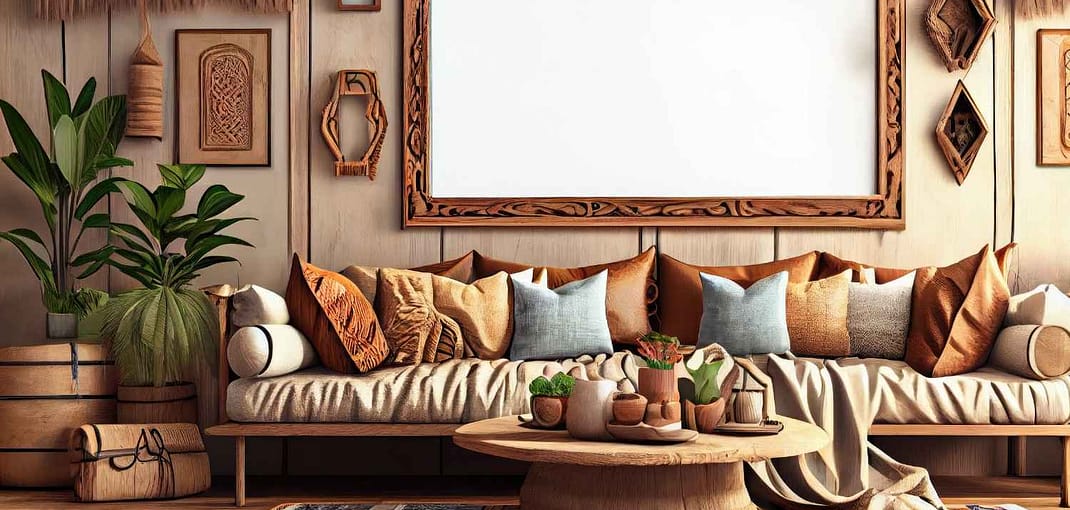Architectural Design Strategies for Indian Homes
Architectural design plays a pivotal role in shaping the aesthetics, functionality, and sustainability of homes. In the context of Indian architecture, where diverse climatic conditions, cultural preferences, and environmental challenges prevail, it becomes imperative to adopt tailored design strategies. This article delves into various design approaches, including sustainable practices and passive design strategies, aimed at enhancing the livability and efficiency of Indian homes.
Introduction to Architectural Design Strategies
Architectural design strategies encompass a spectrum of techniques and principles aimed at optimizing the built environment for human habitation. In the context of Indian homes, these strategies hold significant relevance as they not only dictate the visual appeal but also influence factors such as ventilation, natural lighting, and energy efficiency.
Design Strategies in Architecture: A Brief Overview
Design strategies in architecture encapsulate a wide array of methodologies employed by architects to address specific challenges and achieve desired outcomes. From maximizing spatial efficiency to harmonizing with the surroundings, these strategies are instrumental in shaping the built environment. Examples include modular construction, use of sustainable materials, and integration of green spaces.
Sustainable Architecture: Integrating Eco-Friendly Practices
Sustainable architecture emphasizes minimizing the environmental impact of buildings while promoting resource efficiency and occupant comfort. In the Indian context, where issues such as rapid urbanization and climate change are prominent, integrating eco-friendly practices is imperative. Design strategies such as passive solar design, rainwater harvesting, and green roofs exemplify this approach.
Architectural Design Strategies for Indian Homes
When designing homes in India, architects must consider the unique cultural and climatic factors that distinguish the region. From the intricate detailing of traditional architecture to the incorporation of modern amenities, striking a balance between heritage and innovation is crucial. Design strategies that emphasize natural ventilation, courtyard layouts, and vernacular materials resonate with the Indian ethos while ensuring functional spaces.
Environmental Design Strategies for Building Construction
The construction phase of a building significantly impacts the environment through resource consumption, waste generation, and pollution. Adopting environmental design strategies not only mitigates these adverse effects but also contributes to the overall sustainability of the built environment. Techniques such as passive cooling, use of recycled materials, and efficient waste management systems promote environmental stewardship in building construction.
Passive Design Strategies: Enhancing Energy Efficiency
Passive design strategies focus on harnessing natural elements such as sunlight, wind, and shade to maintain thermal comfort and reduce reliance on mechanical systems. In Indian homes, where energy consumption for cooling and heating is substantial, integrating passive design principles can lead to significant energy savings. Strategies like orientation optimization, shading devices, and thermal mass utilization exemplify this approach.
Partnering with Interior Interiors: Transforming Spaces with Effective Architectural Design Strategies
“When it comes to crafting homes that are not just visually stunning but also environmentally conscious and practical, incorporating effective architectural design strategies is crucial. By embracing principles such as sustainability, environmental awareness, and passive design, interior designers at Interior Interiors can navigate the intricacies of Indian contexts with finesse. With their expertise, they can transform spaces into healthier, more livable sanctuaries that harmonize with both nature and modern living. For the best results in your home design endeavors, trust Interior Interiors to bring your vision to life.”
FAQs
What are some examples of sustainable architectural design in India? Sustainable architectural design in India encompasses practices such as passive solar design, use of locally sourced materials, and rainwater harvesting systems.
How do cultural elements influence architectural design in Indian homes? Cultural elements influence architectural design in Indian homes through the incorporation of traditional motifs, spatial layouts, and building materials that reflect regional customs and heritage.
What role do passive design strategies play in Indian architecture? Passive design strategies play a vital role in Indian architecture by optimizing natural ventilation, daylighting, and thermal comfort, thereby reducing reliance on mechanical systems and enhancing energy efficiency.
Why is environmental sustainability important in building construction? Environmental sustainability in building construction is crucial for mitigating the negative impact of urban development on ecosystems, conserving natural resources, and minimizing carbon emissions associated with the built environment.
How can homeowners contribute to sustainable architecture in India? Homeowners can contribute to sustainable architecture in India by implementing energy-efficient practices, such as installing solar panels, adopting rainwater harvesting systems, and using eco-friendly building materials





